Caribbean vegetables are a diverse group of plants grown in the tropical and subtropical climates of the region. They include a variety of leafy greens, roots, and other edible plants that are important to the region’s cuisine.
These vegetables are often used creatively and flavorfully, cooked in stews, soups, and side dishes, or eaten raw in salads. The warm climate of the Caribbean allows for year-round farming of these vegetables, making them a staple in the daily diet.
Their cultivation and use have been influenced by the island’s diverse cultural heritage, including African, European, and indigenous Amerindian traditions, resulting in a rich culinary legacy that continues to evolve.
Find out more about the vegetables of the Caribbean, including some dishes made using them. Plus, I’ll also introduce you to some fruits in the Caribbean along with some common ways for cooking these vegetables.
16 Most Popular Caribbean Vegetables with Filters
Here’s a list of 16 popular Caribbean vegetables, organized by how well-loved they are. You can use filters to identify which vegetables are native or non-native or which are typically used in dishes, drinks, or garnishes.
Yuca
- For Dishes
- Native
Yuca is a starchy root vegetable in many regions of the Caribbean. It’s a tough root with bitter and sweet types that require cooking to remove toxins.
Throughout the Caribbean islands, cassava takes on different forms, with one popular bread being casabe. This variety is a round-shaped flatbread made from cassava flour and is enjoyed in many Caribbean cultures.
Often served as a side dish, it can be boiled and accompanied by raw onion rings and garlic-infused olive oil. In Haiti, cassava is a favorite starch vegetable and a regular part of meals.
Yam
- For Dishes
- Native
Yam is a staple starchy root in Caribbean, West Indian, and Latin American diets. It’s especially popular in Jamaican traditions and comes mainly in yellow and white varieties, with a tough, tree bark-like skin.
Yams taste a bit plain but nutty, much like sweet potatoes, yet they are drier and less sweet. They’re key in Caribbean cooking, playing a key role in stews, soups, curries, or even as sweet yam pudding when boiled, baked, mashed, or fried.
Malanga
- For Dishes
- Native
Malanga is a well-known root vegetable in the Caribbean region, especially in Cuba, the Dominican Republic, and Puerto Rico. Traditionally, malanaga is suitable for boiling or frying as a fritter in Puerto Rico.
Additionally, malanga’s young, unfurled leaves are good for consumption once boiled, often appearing in soups and stews. The root vegetable offers a nutty and earthy profile, almost resembling what you can find in potatoes.
Sweet Potato
- For Dishes
- Native
Sweet potato is a root vegetable in the Caribbean, with boniato being a popular version of this region. It is recognized by its uneven, red-brown skin and cream flesh.
When cooked, boniato offers a mildly sweet, nutty taste with a pleasantly fluffy texture. Though it lacks the sweetness and moisture of other sweet potatoes, boniato brings vibrant color to many culinary creations.
To maintain its color before cooking, soaking in cold water is essential due to quick oxidation. Most commonly enjoyed mashed, boniato also adapts well to boiling, frying, or sautéing, providing versatile options for cooking.
Taro
- For Dishes
- Native
Taro is an underground root vegetable of the Caribbean loaded with starch. To remove its bitter taste, locals will cook the root to clear off any unwanted taste.
In Haiti, it goes by the name malanga or taro and is grated into a paste, then deep-fried to create Acra, a delightful Haitian malanga fritter. In Jamaica, taro is known as coco, cocoyam, or dasheen with the leaves being used to make pepper pot soup.
In terms of flavors, taro is mildly sweet with a common starchy texture often found in other fruit vegetables.
Jícama
- For Dishes
- For Garnish
- Non Native
Jícama is a Caribbean root vegetable known for its rough brown skin and refreshingly crunchy, juicy flesh. Its subtly sweet and nutty flavor resembles a cross between a raw potato but with a juicier and sweeter profile.
Jícama shines best in salads, where its refreshing crunch can be fully appreciated, and can even be turned into a healthier twist on traditional French fries.
Prickly Pear
- For Dishes
- Fruit Vegetables
- Native
The prickly pear is a cactus fruit that is used as a vegetable in many areas of the Caribbean. Plus, the stem of the prickly pear cactus is treated like a vegetable, cut into strips, and cooked.
When prepared, these pads look and taste similar to green beans, with the fruits offering a sweet taste along with a soft texture. Additionally, prickly pear cactus pads are suitable for grilling, allowing you to enjoy their tasty flavor with a touch of smokiness.
Callaloo
- For Dishes
- Native
Callaloo in the Caribbean is a type of leafy green from plants like taro, malanga, or amaranth. It’s a favorite in places like Jamaica and Trinidad and Tobago, featuring in many culinary creations.
The leaves, similar to spinach, have their own unique taste, depending on which variety is used. They’re a bit bitter with a hint of nuttiness, which gets milder when cooked, either by steaming or sauteing
Chayote
- For Dishes
- Native
Chayote is a lime-green, pear-shaped vegetable in the Caribbean belonging to Cucurbitaceae’s gourd family. It’s about the size of an apple and has a delicate, slightly sweet flavor that crosses a potato and a cucumber.
When cooked, it has a taste and texture similar to young squash or marrow. Chayote is a versatile vegetable that can be included in salads, soups, and stews.
Okra
- For Dishes
- Native
Okra, also known as Lady’s Finger, is a Caribbean vegetable with a shape resembling a woman’s finger. In Cuba and Puerto Rico, it is referred to as quimbombó and commonly appears in dishes that require a certain thick consistency in the broth or sauce.
Inside every okra are countless round, white seeds providing a slight crunch when consumed. Interestingly, the vegetable will produce mucus that makes it relatively slimy to bite into when cooked.
Eggplant
- For Dishes
- Non Native
Eggplant is widely known as balanjay or baigan in the Caribbean, boasting numerous varieties available in the region. Initially presenting a slightly bitter taste and an astringent feel when uncooked, eggplants offer a soft texture and a mild sweetness when cooked.
To ease its natural bitterness, you should rinse, drain, and salt the cut slices for the best result. The vegetable is exceptional in absorbing flavors, from fats to sauces.
Onion
- For Dishes
- For Garnish
- Non Native
Onion is a common vegetable employed in Caribbean cooking to infuse dishes with a fragrant aroma. Once, they let out a strong smell that makes many shed tears, thanks to certain chemicals they have.
Often eaten raw or included in dishes, onions add a crunchy, sharp flavor. When cooked, they become sweet, making them perfect for adding to soups, stews, and stir-fries.
Additionally, onions are also great in pickles and chutneys for bringing out a zesty flavor. In the Caribbean, bhaji is a dish that makes use of onions mixed with other spicy veggies to make delicious, deep-fried fritters.
Bell Pepper
- For Dishes
- For Garnish
- Native
Bell peppers are both fruits and vegetables originating from Mexico, Central America, the Caribbean, and northern South America. These vibrant peppers are a popular addition to garden salads, adding a burst of color and a crisp texture.
They also make fantastic toppings for many appetizers looking to add a kick of peppery flavor. One notable use of bell peppers is in stuffed pepper recipes, where they serve as the perfect vessel for various delicious fillings.
Additionally, bell peppers can be dried and ground into paprika, a spice that adds depth and smokiness to countless dishes.
Pumpkin
- For Dishes
- Native
Pumpkin in the Caribbean is much more than just a key vegetable in Caribbean cooking, cherished for its sweet, earthy flavor. This tender squash is great for incorporating into soups, stews, and even sweets, adding a rich taste.
Caribbean locals often blend pumpkin with spices like cinnamon and nutmeg to create comforting, flavorful meals.
Peas
- For Dishes
- Native
Peas are a staple in Caribbean cuisine, offering a pop of sweetness and color to dishes. In the Caribbean, they’re often cooked into hearty meals like rice and peas to make a classic side dish that pairs perfectly with spicy meats.
In the Caribbean, pigeon pea is favored for its large size and soft profile when cooked. Many dishes in the Caribbean make use of this pea variety.
Additionally, peas are also packed with protein and fiber, making them ideal to combine with any dish. When cooked, these legumes have a tender texture and a starchy profile.
Scotch Bonnet Peppers
- For Dishes
- For Garnish
- Native
Scotch bonnet peppers are iconic in Caribbean cooking and are known for their fiery heat and fruity taste. These small, colorful peppers pack a punch, making them essential for authentic jerk chicken and hot sauces.
Grown throughout the region, scotch bonnets are used to season meats, soups, and stews. Usually used when ripe, these peppers tend to have a yellow or reddish color.
How Are Caribbean Vegetables Used in Cooking?
In the Caribbean, each nation boasts a unique approach to the vegetables with different cooking methods or seasonings:
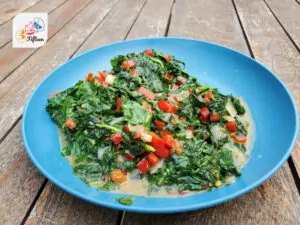
Stewed
Many vegetables, such as callaloo, okra, and pumpkin, are cooked down into thick, flavorful stews, often combined with coconut milk and spices for depth.
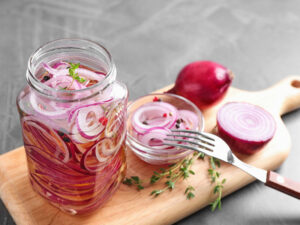
Pickled
Pickling is a common method for preserving vegetables such as onions, carrots, and cabbage, adding a tangy flavor to meals.
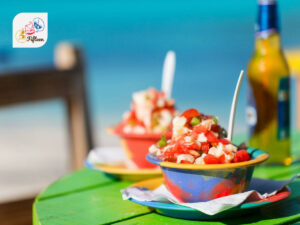
Salads
Fresh, raw vegetables are used in vibrant salads, dressed with lime juice and local herbs, offering a refreshing side to the heavier main courses.
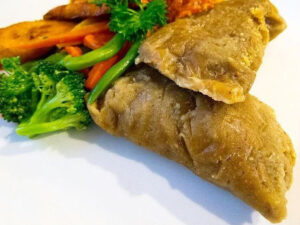
Mashed
Root vegetables like yams, sweet potatoes, and cassava are boiled and mashed, sometimes mixed with butter or coconut milk for a creamy texture.
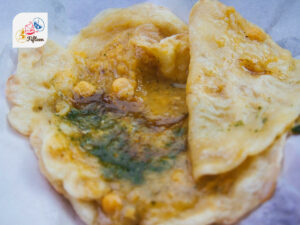
Curried
Influenced by Indian cuisine, vegetables like potatoes, chickpeas, and chayote are cooked in aromatic curry spices, creating a hearty and flavorful dish.
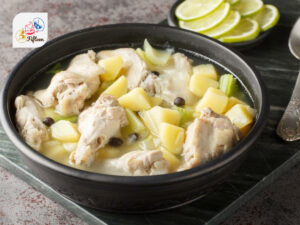
In Soups
Hearty vegetables like pumpkin, carrots, and potatoes are key ingredients in rich, nourishing soups that are staple comfort foods.
What Caribbean Dishes Use Vegetables?
Discover the flavorful dishes coming from the Caribbean that make full use of these vegetables:
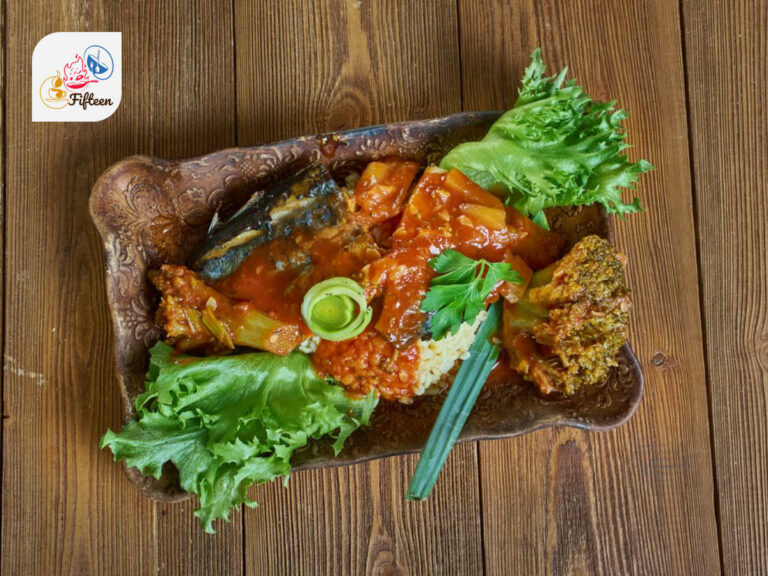
Cou-Cou and Flying Fish
Cou-Cou and Flying Fish is the national dish of Barbados. It combines cou-cou made from cornmeal and okra, served with flying fish in spicy sauce.
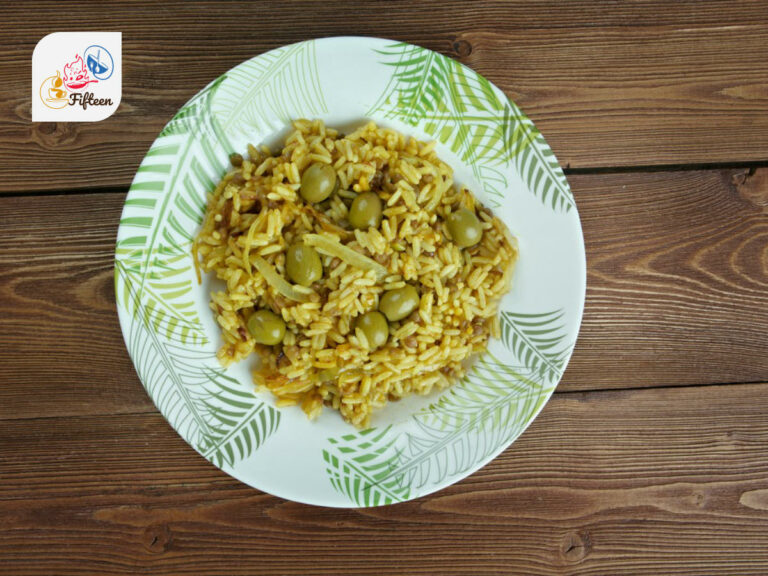
Arroz con Gandules
Arroz con gandules is a traditional Puerto Rican dish. It mixes rice with pigeon peas, cooked in a blend of spices and ingredients for a flavorful meal.
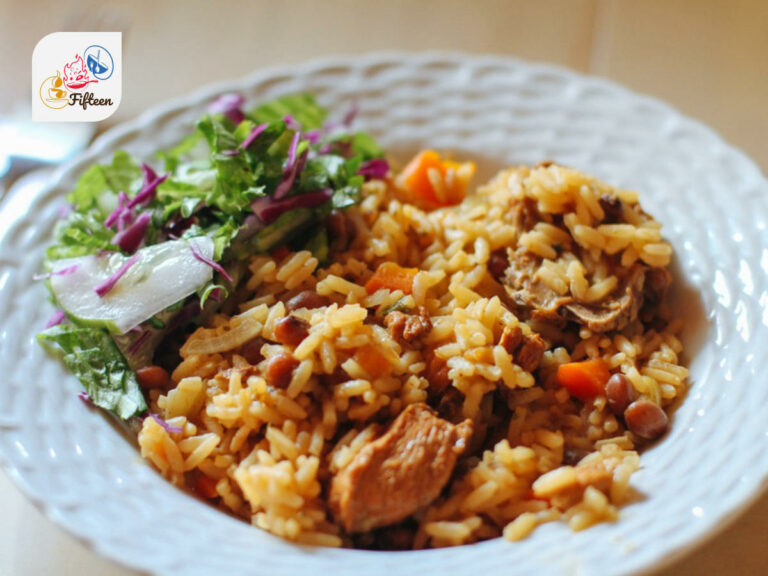
Pelau
Pelau is a one-pot dish from Trinidad and Tobago. This meal includes rice, pigeon peas, and meat like chicken, cooked with coconut milk and caramelized sugar for a unique taste.
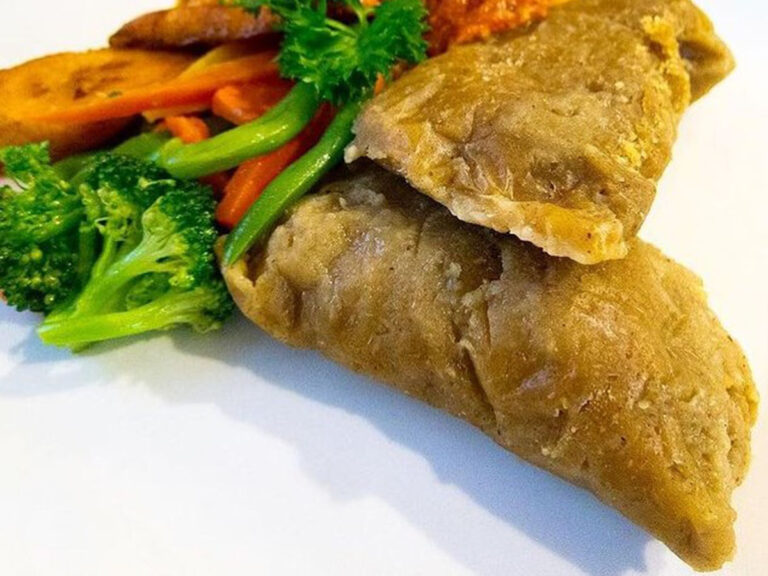
Ducana
Ducana is a sweet potato dumpling from the Eastern Caribbean. It’s often steamed in banana leaves and served with salted fish or other savory dishes.
Aside from the tasty Caribbean specialties, you should explore some of the popular fruits often available in the region.
Which Caribbean Fruits Are Most Well-known?
In the Caribbean, the islands are blessed with an abundant of fruits used for a diverse range of purposes:
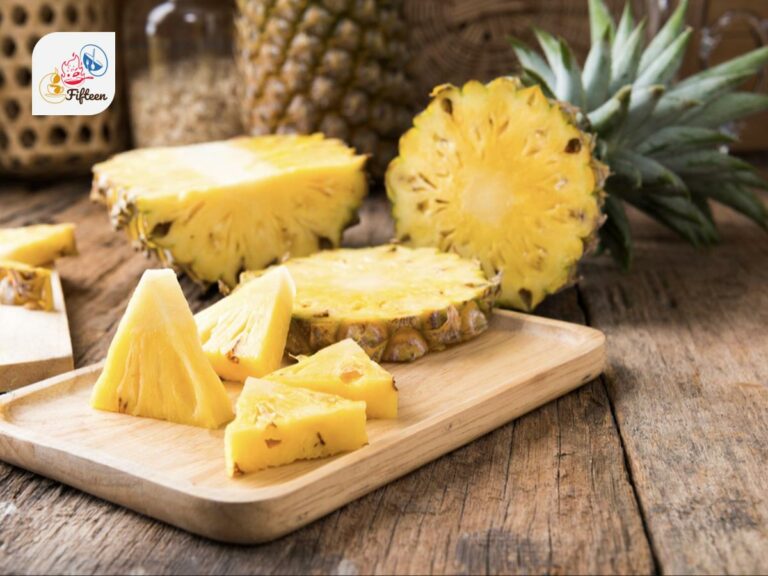
Pineapple
Pineapple is a tropical fruit grown in the Caribbean, known for its spiky green leaves and sweet, juicy yellow flesh. It’s a favorite in the region, used in dishes, drinks, and as a fresh snack.
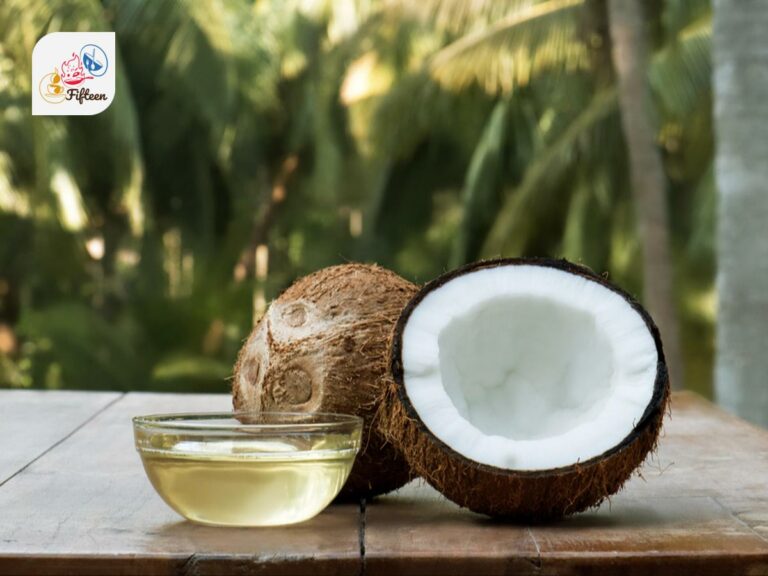
Coconut
Coconut is a common fruit found throughout the Caribbean, providing refreshing water and flavorful meat. Its milk and oil are essential in Caribbean cooking, contributing to the rich taste of many dishes and drinks.
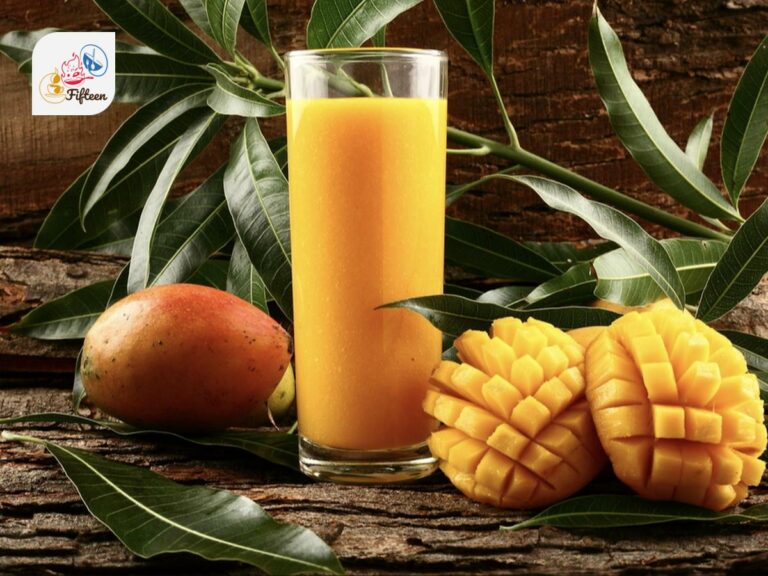
Mango
Mango is a fruit with its juicy, sweet flesh that thrives in the Caribbean climate. It’s enjoyed fresh, in juices, and as part of both sweet and savory local dishes.
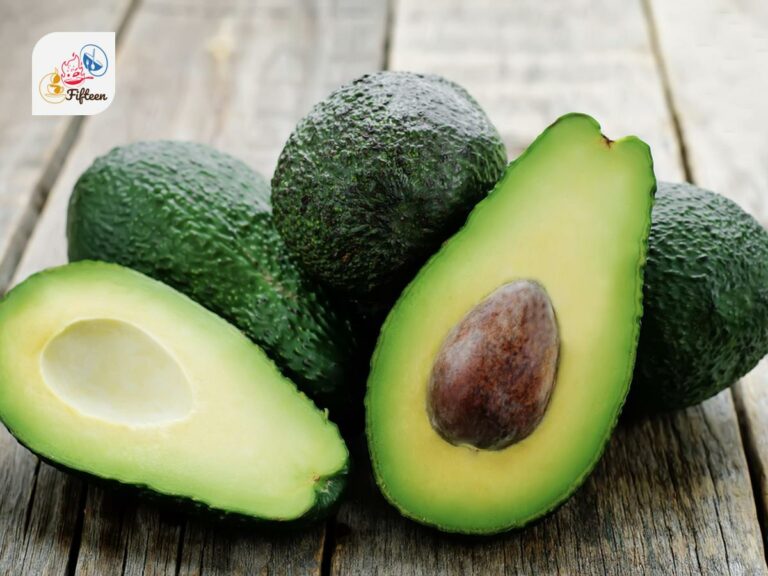
Avocado
Avocado in the Caribbean is a creamy, rich fruit often eaten with bread or used in salads. Its smooth texture and mild flavor make it a beloved addition to meals.
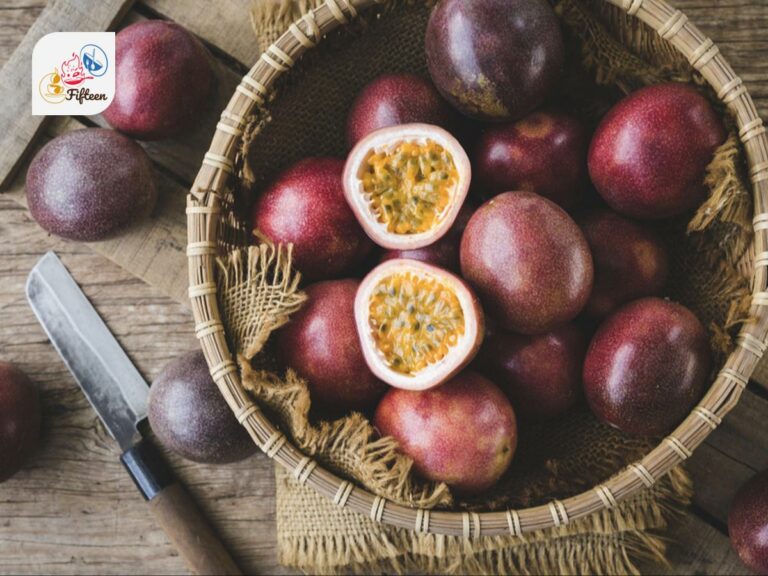
Passionfruit
Passionfruit is a unique fruit in the Caribbean for its vibrant taste and aromatic pulp. It’s commonly used in juices, and desserts, and as a flavor enhancer in various dishes.
Remember, these are only a few flavorful Caribbean fruits to look into, as the region has numerous produce that can highlight the region’s tropical nature.
Do you find these Caribbean vegetables interesting? Make sure to share your thoughts in the comment section and spread these veggie options to others.


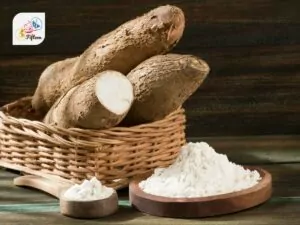
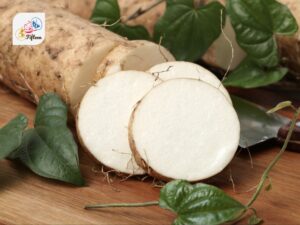
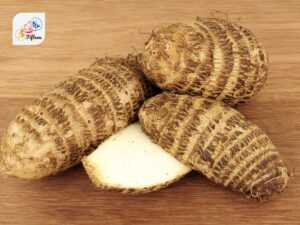
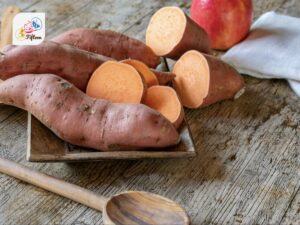
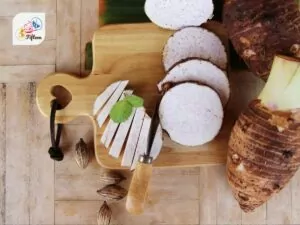
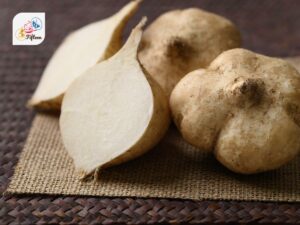
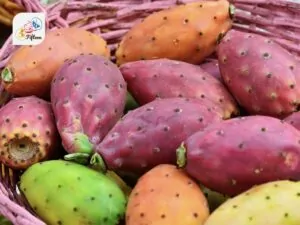
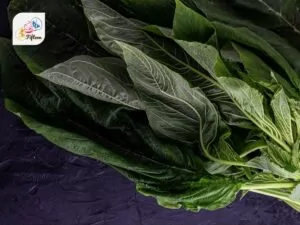
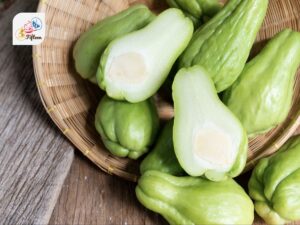
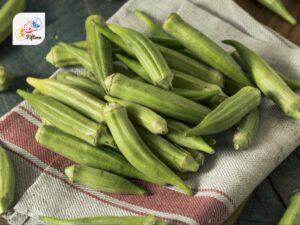
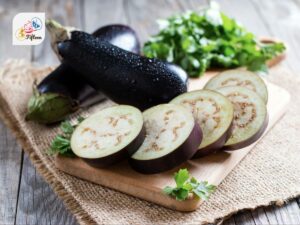
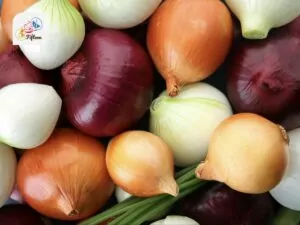
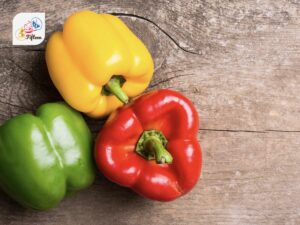

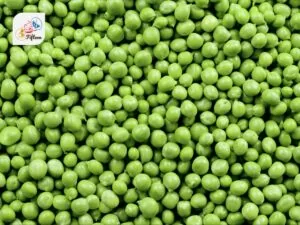
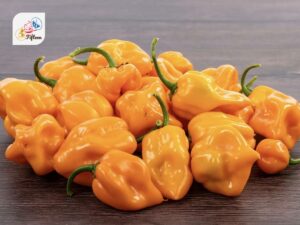
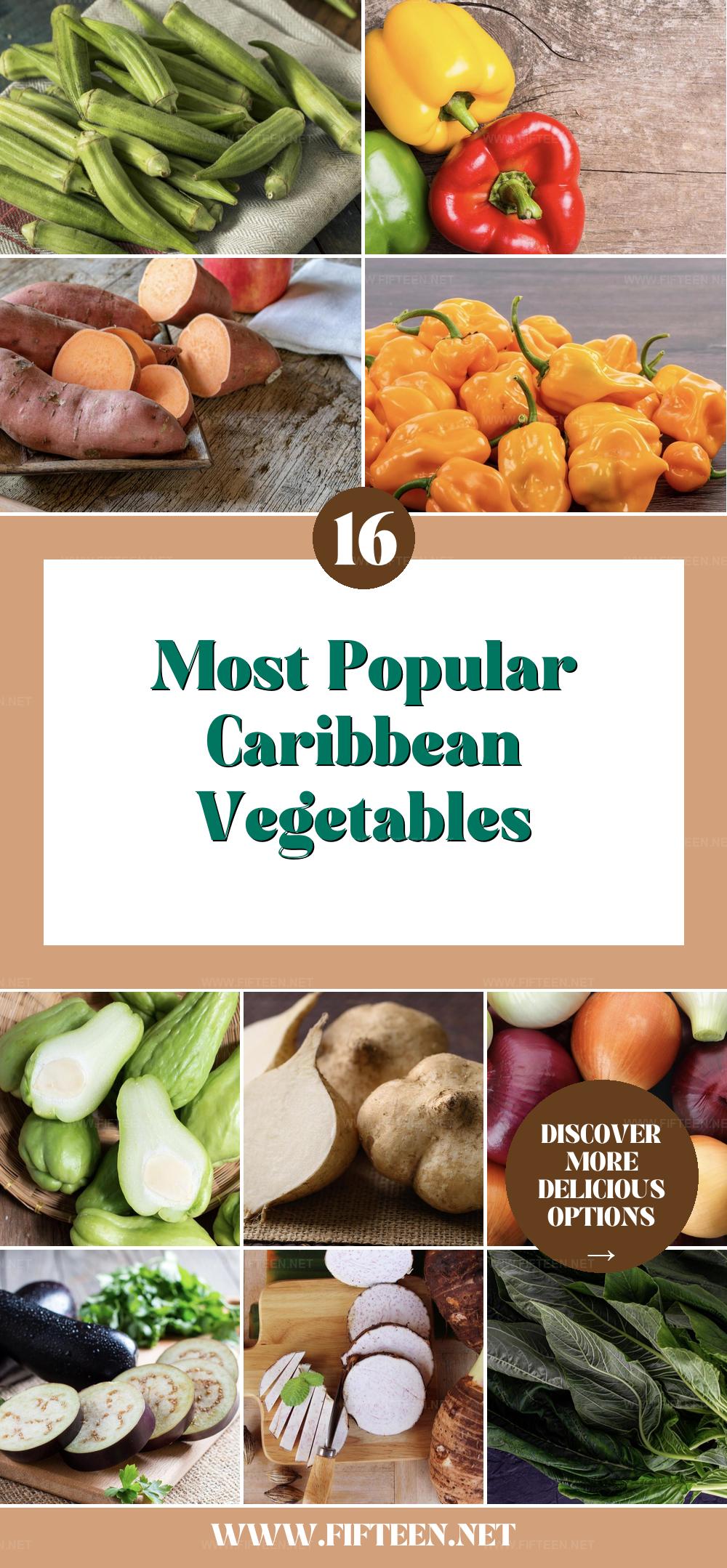
Jamie Scott
Editor in Chief, Senior Content Writer
Expertise
Home Cooking, Meal Planning, Recipe Development, Baking and Pastry, Food Editor, Cooking-video Maker, Western Food Evaluation Expert
Education
Le Cordon Bleu College of Culinary Arts
Local Community College, New York, NY
Jamie Scott is a skilled culinary expert and content creator specializing in Western cuisine. With over 15 years in the culinary field and formal training from Le Cordon Bleu, Paris, Jamie deeply understands how to blend nutrition with delicious flavors. His passion for cooking matches his commitment to making healthy eating accessible and enjoyable.
On Fifteen.net, Jamie brings a fresh perspective to classic dishes and beverages, offering readers insightful recipes, cooking tips, and a fresh view on meal planning that emphasizes taste, health, and simplicity.